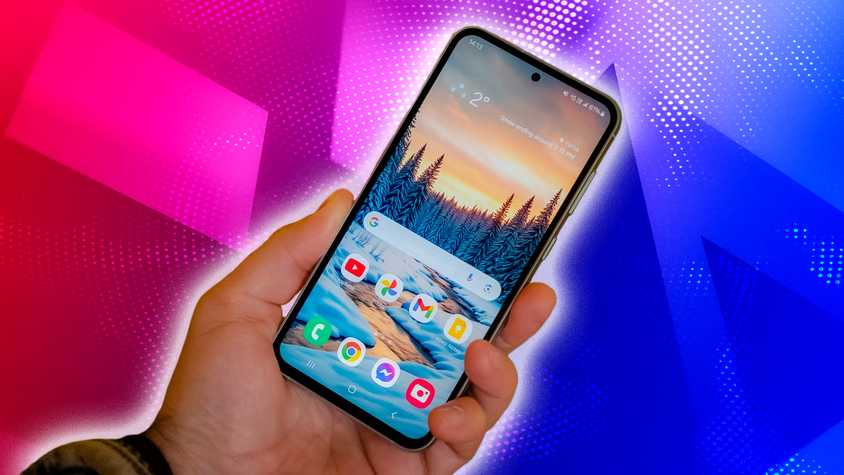Google’s I/O-revealed Veo 3 is one of, if not, the best AI video generators available on the market right now. Not only can the tool generate videos from text prompts, it can also generate life-like audio and dialogue with accurate lip-syncing.
Initially locked behind the $250/mo AI Ultra plan, Google expanded Veo 3 access to the $20/mo Google AI Pro plan in late May, with a subsequent rollout bringing the tool to users globally.
Up until now, the tool has mostly been popular among tech enthusiasts, creative professionals, or just those who received free access to the AI Pro plan with their recent phone purchase.
“The explosion of creativity from users has been truly remarkable, with over 40 million Veo 3 videos generated across the Gemini app and Flow over the last seven weeks,” wrote the tech giant in a new blog post. Now, Google seems to be giving users a more compelling reason to subscribe and try out Veo 3, and it comes in the form of image-to-video generation.
This comes exactly one week after Google VP Josh Woodward alluded that photo-to-video generation Veo 3 capabilities were “almost ready.”
Daily limits are in place
The new functionality will live within the familiar ‘Video’ tab in Gemini’s prompt box. Users will be able to upload a video and describe the scene they’re looking to create, complete with audio instructions if relevant to the intended result. The output will be an eight-second-long MP4 file in 16:9 landscape format and 720p resolution.
You can get creative by animating everyday objects, bringing your drawings and paintings to life or adding movement to nature scenes. Once your video is complete, tap the share button or download it to share with friends and family.
While not explicitly mentioned, it is very likely that image-to-video generations will be capped to three per day for AI Pro plan users. AI Ultra plan subscribers get higher daily limits. The new feature is also making its way to Flow, Google’s AI filmmaking tool.
It’s important to note that despite Veo 3’s impressive capabilities, it also raises concerns. A recent Media Matters report highlighted how the tool is actively being used to create racist and misleading content, which is proliferating on platforms like TikTok and Instagram.
Although Google didn’t directly acknowledge the issue, it did state that it was taking “significant steps behind the scenes to make sure video generation is an appropriate experience.” The tool is reportedly tuned to avoid “problematic” outputs such as violence and gore, harmful factual inaccuracies, sexually explicit material, and more.
Said measures likely translate 1:1 to image-to-video generation, alongside visible and invisible watermarks to help users identify AI-generated content.
Image-to-video capabilities are rolling out now for Gemini on the web. The functionality will expand to Gemini on mobile gradually throughout the week.



